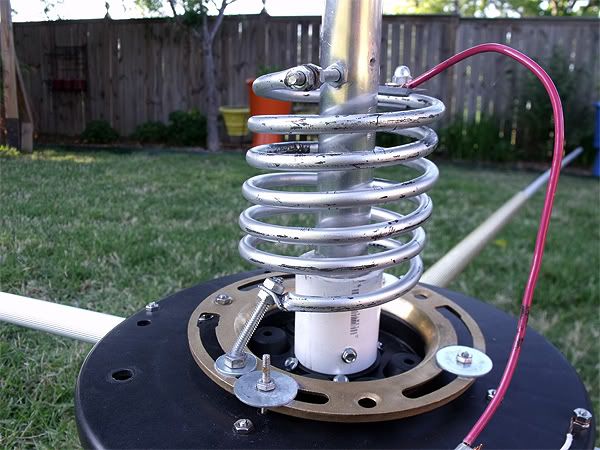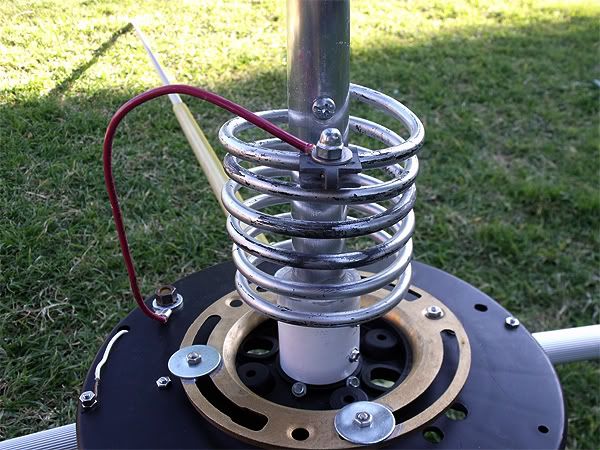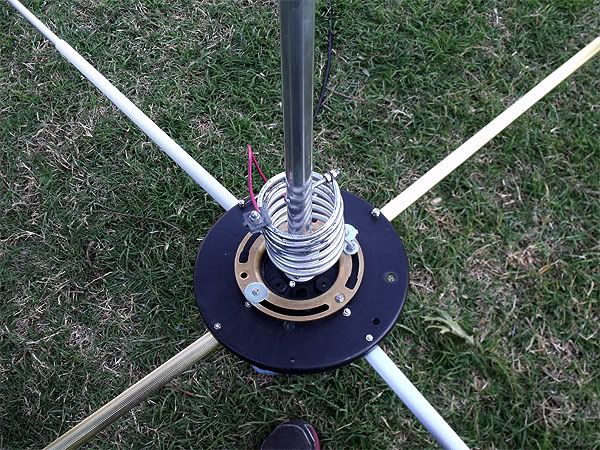i would not worry about what the analyser says homer, what matters is your radio is happy with the load it sees and the signals are the best you can make them,
heres a plot of a friends homebrew vector, he also felt that the antenna maybe worked better when extended than when adjusted for best analyser numbers, i have not spoken to him about it recently.
http://i5.photobucket.com/albums/y152/ukmudduck/swr.jpg
Hey Bob, do you know how much extending your friend felt would be the better length? Is he able to talk farther than your I-10K?
I still haven't put my S4 back up since two summers ago. From the winds we're having this spring, it looks like we'll have another hot, dry, windy summer. Our grass and trees are already starting to suffer and I might not get any work done again.
Why would Cebik include secrets for tuning the Sigma4 in an article about J-Poles? Was he in the camp that thought the Sigma4 was a modified J-Pole of some sort? Boy, that article is about 70 pages long, and it would burn me out trying to read and comprehend it all. In looking at the sub titles of the 4 sections on J-Poles, I don't see anything that suggest a discussion on Sigma4 tuning. Maybe you can help me out a little with some specific areas of interest that are included for tuning the Sigma 4? If you email me these areas of interest, I will high-lite them and post them up on the forum.
BTW, did you ever get your I-10K to tune the lowest SWR at the resonant frequency of choice, like I did? I think I told you about my success in tuning a couple of years ago when I was testing with my VA1 direct at the feed point. Also did you ever try the 50' foam coax or LMR 400 with 80-85 VF for tuning like Jay suggested in his manual? I found that length also showed me the same match on my VA1, so I could use a feed line to tune and get the antenna up higher, which is more better.
If Jay could make his I-10K hold up good enough to survive your winds, why can't you Brit's copy the construction ideas for you Sigmas or Vectors, and work the long distance you tell us about as your steering the RF.
Then maybe after a little practice at tuning you could tell us how you do it, and we too could all get out better.
Sometimes I talk all the way to friend in Galveston over 75 miles away, on the Gulf coast, with my Starduster at about 46.6' feet high to the hub. Is that good? I do a trick on my Starduster feed line installation that seems to help me get out better. Do you think maybe I'm also steering my RF angle downward like your Vector somehow...maybe by better controlling the CMC like the Gain Master does, while using my bazooka balun design? I know that 1/4 wave radiators are supposed to produce a somewhat higher angled maximum lobe for the RF.
Have you been doing OK? I haven't been doing much radio since last year, so nothing much to report. I also lost your email address somehow, maybe you could PM it to me.



